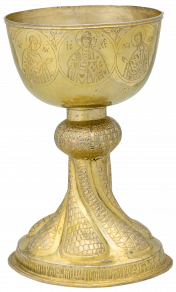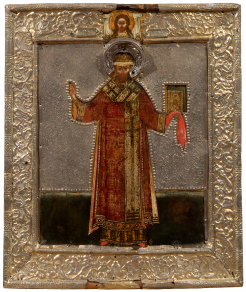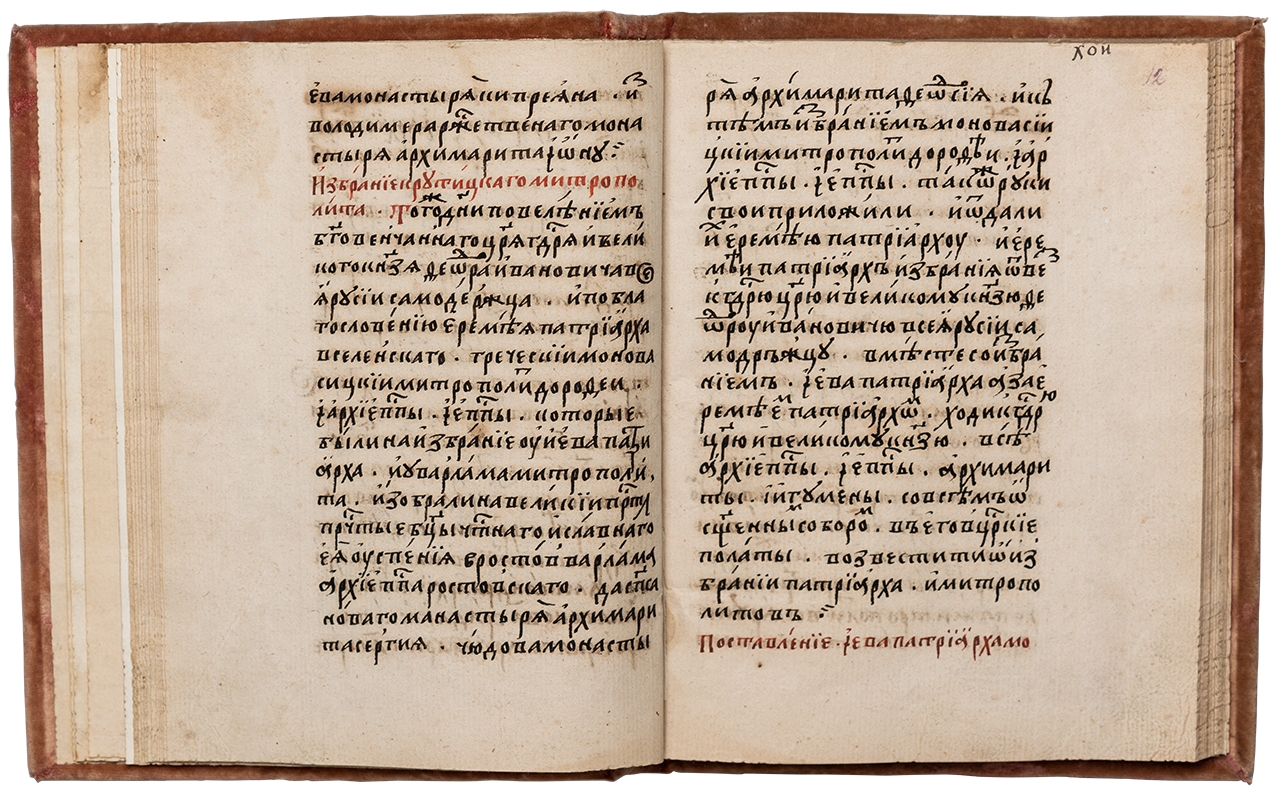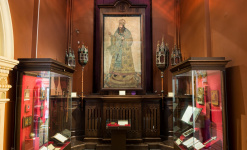Russian Orthodox Church in the 16th – 17th centuries









The formation of a unified State was accompanied by the process of gaining autocephaly (independence) of the Russian Orthodox Church. The beginning of it was an election of a Patriarch – a Primate of the Russian Metropolitanate without the blessing of the Patriarch of Constantinople by the Council of Russian bishops convened in Moscow in 1448 by Grand Prince/Duke Vasily II (1415–1462). The first actually independent Metropolitan of Moscow became the Ryazan Bishop Jonah. However, the autocephaly of the Russian Church was not formally approved and recognized by the Eastern Patriarchs.
A significant step towards independence had been made by centralizing of Church administration and unification of ceremonies in the middle of the XVI century. At the initiative of the Moscow Metropolitan Macarius the Councils of 1547 and 1549 had canonized as all-Russian Saints dozens of locally acclaimed Saints – princes and holy people. The decisions of the Stoglavy Sobor (Hundred Head Congress) of 1551 became the main code that determined the life of clergy for one and a half centuries. Legal implementation of the autocephaly of the Russian Church took place in the late sixteenth century. In January of 1589 in Moscow, at the Consecrated Church Congress Patriarch Jeremiah of Constantinople proclaimed Archbishop of Rostov a Patriarch of Moscow and all Russia. The establishment of the Patriarchate became Russia's largest political victory.
With the fall of Constantinople under the attacks of the Turks in 1453 was connected the formation of the Church-philosophical concept, according to which Russia as the only independent Orthodox state was declared the heir of Rome and Byzantium and became the stronghold of universal Orthodoxy. In the XVII Century. Russia was considered a collector of scattered Orthodox lands, which was impossible without unification of ceremonies and bringing it up in compliance to the norms of other Orthodox churches, without correcting the liturgical books. In 1653 Patriarch Nikon of Moscow and all Russia has started the Church reform, which initiated the schism of the Russian Orthodox Church.
In the XVI–XVII centuries the might of the Russian Orthodox Church and fist of all of monasteries had increased. Orthodox abodes possessed huge land property and crafts, remained the centers of book culture, iconography and applied art and crafts. The Church played an important role in the colonization of the Northern and Eastern territories, turning to Orthodoxy the peoples of the North of Russia, the Volga region and Siberia.


















In décor of the last of the three rooms dedicated to era of Tsar Ivan IV were used copies of the architecture details of the Intercession (St. Basil's) Cathedral. The main decoration is a polychrome perspective portal with an arch in shape of a shell. It copies the Northern portal of the Central Church of the Intercession Cathedral. The cornice above the portal repeats the ornamental pattern on one of the Cathedral's heads. Such a detailed "citation" is explained by the exceptional significance of this monument. According to the historian of architecture Nikolay I.Bounov: “The Pokrovsky (Intersession) Cathedral is the embodiment in a stone of the Russian vision of the middle of the XVI century and reflection in an architecture form of an ideal of the state system. Pokrovsky (Intersession) Cathedral shows us at an expellant quality level, what means free expression of peoples’ imagination in architecture."
The decoration of the hall was completed in 1903. In 1937, the original interior was partially destroyed; the hall lost portals, cornices and other decorative elements. In the 1990s, the lost decoration of the hall was restored.






